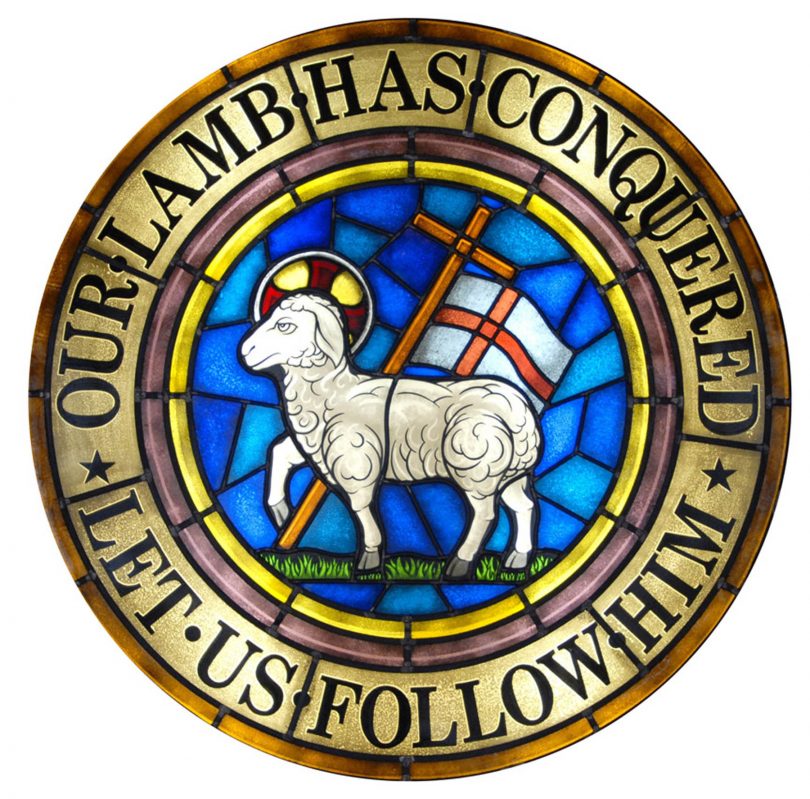Confirmation is a rite by which persons baptized as children publicly affirm the covenant made for them in baptism and confirm their faith. At the same time the congregation prays that each confirmand will receive the blessing of the Holy Spirit and the strengthening of his or her faith. Confirmation is a personal decision to accept the full responsibilities of membership in the church. It is also a time for the congregation to celebrate and acknowledge the confirmand’s decision.
How did confirmation originate?
Confirmation was originally a part of the rite of initiation for membership in the church. The candidate was baptized after confessing his or her faith. A prayer was offered for the blessing and strengthening of the Holy Spirit in the candidate’s life, followed by the laying on of hands or the signing of the cross with oil upon the forehead. The rite concluded with the new member sharing in the Eucharist.
In the early church only bishops were permitted to baptize. When Christianity became legal in the fourth century, the church experienced rapid growth. To cope with the requests for membership in the church, priests were permitted to baptize, but the laying on of hands or anointing was reserved for the bishop. The word confirmation was first used of this laying on of hands or anointing in the early fifth century. Confirmation was seen as the ratification or completion of baptism. Thus the rite of initiation became separate rites, baptism and confirmation.
The rite of Confirmation emerged from the Protestant Reformation as a time for instruction in Christian teachings and as an opportunity for those baptized as children to confirm (meaning “to agree to”) the Christian faith.
In the Moravian church today confirmation follows a period of instruction in the doctrines, practices, and heritage of the church. Education for confirmation is the task, not of the pastor only, but of the parents and the church. All Christians must provide the knowledge and experience of what it means to be a Christian so that the young person can see in action and understand the faith he or she is to confirm.
What difference does confirmation make?
Through baptism one becomes a full member of the church, as through birth one becomes a full member of a family. Through confirmation one enters into fuller participation in the responsibilities and privileges of church membership. This includes regular participation in worship, the giving of financial support according to ability, commitment to serve the church and the larger community, and bearing witness to the love of God for the world.
The confirmand does not stand alone in assuming these responsibilities and privileges. The individual is in covenant relationship with God as a member of the covenant community. The individual is supported by the prayers and expressions of love of the congregation. The individual is strengthened by the Holy Spirit for the life of faith. Thus confirmation is as much a celebration of God’s grace mediated through the covenant community and confirmed by the Holy Spirit as it is a rite marking an individual’s decision to belong to the church.
Confirmation in the Moravian Church
Upon completion of the confirmation program, the candidates publicly confess their faith. Palm Sunday and Pentecost Sunday are two common times for this service. However, some congregations confirm candidates whenever they are ready.
Addressing the candidate for confirmation, the minister asks, “Are you ready, in the presence of God and of this congregation, to confirm the covenant into which your baptism placed you, and to seal that covenant in the Holy Communion; and are your resolved, by grace, cleaving to Christ your Savior, to continue in this covenant and thereby exalt your Lord until life’s end?”
The candidate responds, “I am.”
A prayer is said for the candidate. The minister lays hands on the candidate, names the candidate, pronounces a suitable text of Scripture, and imparts the benediction. The candidate is then charged in the sight of God to keep the faith “until the appearing of our Lord Jesus Christ” (Hymnal of the Moravian Church, pp. 112-13).
What happens after confirmation?
Confirmation is a significant commitment for a young adolescent to make. Contemporary understandings of the development of human personality have provided a new lens of understanding faith. Faith may be seen to develop in stages. Each stage of personality development has its appropriate faith expression. Early adolescence is a time for exploration and experimentation. Some scholars see the church’s request for a commitment that lasts “until the appearing of our Lord Jesus Christ” as premature for early adolescents. That kind of commitment may be a more appropriate expression of faith for young adulthood.
In either scenario, it is crucial to see confirmation as a step along the way, not as an end to growth in the understanding or practice of the faith. Confirmation is an empowering for the journey, not the destination. Continued participation in youth programs, church school, worship, retreats, and service to the community is expected.
From the Moravian Church brochure “The Rite of Confirmation,” 2010




